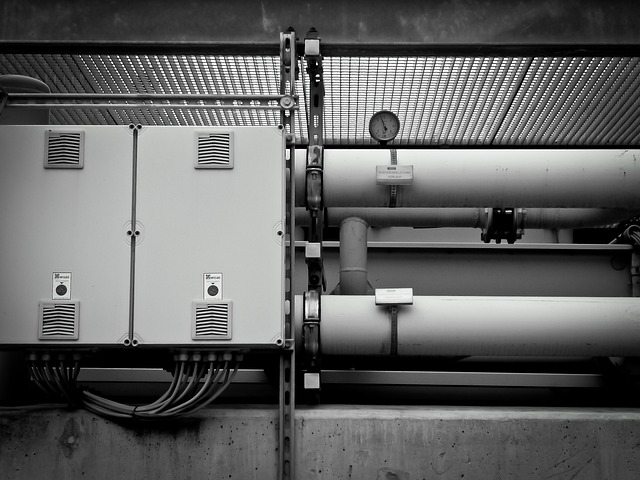
The IT Professional’s Guide to Streamlining Cable Management in Information Technology
The Importance of Cable Management in IT
Cable management might seem like a minor detail in the grand scheme of information technology, but it’s far from it. For IT professionals, clean and organized cabling is not just about aesthetics; it’s about functionality, safety, and efficiency. Proper cable management can lead to smoother operations, reduced downtime, and enhanced productivity. Let’s dive into the best practices to streamline your cable management efforts.
1. Plan Ahead
The first step in effective cable management is planning. Before deploying any systems or hardware, take the time to map out your layout. Consider the placement of cable trays, racks, and pathways that will enable easy access while keeping your space tidy. Having a well-thought-out plan will help you avoid unnecessary clutter down the line.
2. Use Quality Cable Management Solutions
When it comes to cable management, investing in quality solutions can make all the difference. Utilize cable ties, clips, sleeves, and trunking to keep cables organized. These tools not only help in categorizing different types of cables but also reduce the risk of tangling and damage. Choose materials that are durable and fit your specific needs, whether that’s for a server room or a workstation.
3. Label Your Cables
One of the most effective ways to streamline cable management is to label every cable clearly. This practice not only helps in identifying which cable goes where but also significantly speeds up troubleshooting and maintenance. Use professional labeling tools or high-quality stickers that can withstand time and wear.
4. Create Cable Pathways
Designate specific pathways for cable routing. This will make it easier to identify cables and maintain them without having to untangle a mess. Utilize wall-mounted systems or floor ducts to keep cables off the floor and out of the way. Not only will this enhance safety by reducing tripping hazards, but it will also improve airflow around equipment.
5. Regular Maintenance
Cable management is not a one-time task; it requires ongoing maintenance. Schedule regular inspections to ensure that everything remains organized. Check for any loose wires, signs of wear or damage, and adjust your setup as necessary. Staying proactive can help in preventing larger issues that may arise due to neglected cable management.
6. Incorporate Vertical Space
In many IT environments, vertical space is underutilized. Using vertical racks can significantly improve your cable management. This setup allows you to run cables vertically along cabinets or walls, saving floor space and reducing clutter. Make sure to secure each cable effectively to avoid any unnecessary strain or damage.
7. Embrace Wireless Solutions Where Possible
With the rapid advancements in technology, many operations can now be performed wirelessly. While not every application can go wireless, adopting wireless technologies where feasible can help reduce the number of cables you need to manage. This shift not only simplifies your setup but also leads to a cleaner and more streamlined environment.
8. Educate Your Team
Finally, ensure that your entire IT team understands the importance of cable management. Providing training and resources can help instill a culture of organization within your team. When everyone is on board, maintaining cable management standards becomes an easier task.
By focusing on these cable management strategies, IT professionals can create a more efficient and organized workspace. A well-managed cable setup reflects professionalism and directly impacts the performance of your IT infrastructure. Remember, in the world of information technology, details matter, and effective cable management can significantly enhance your operational success.


